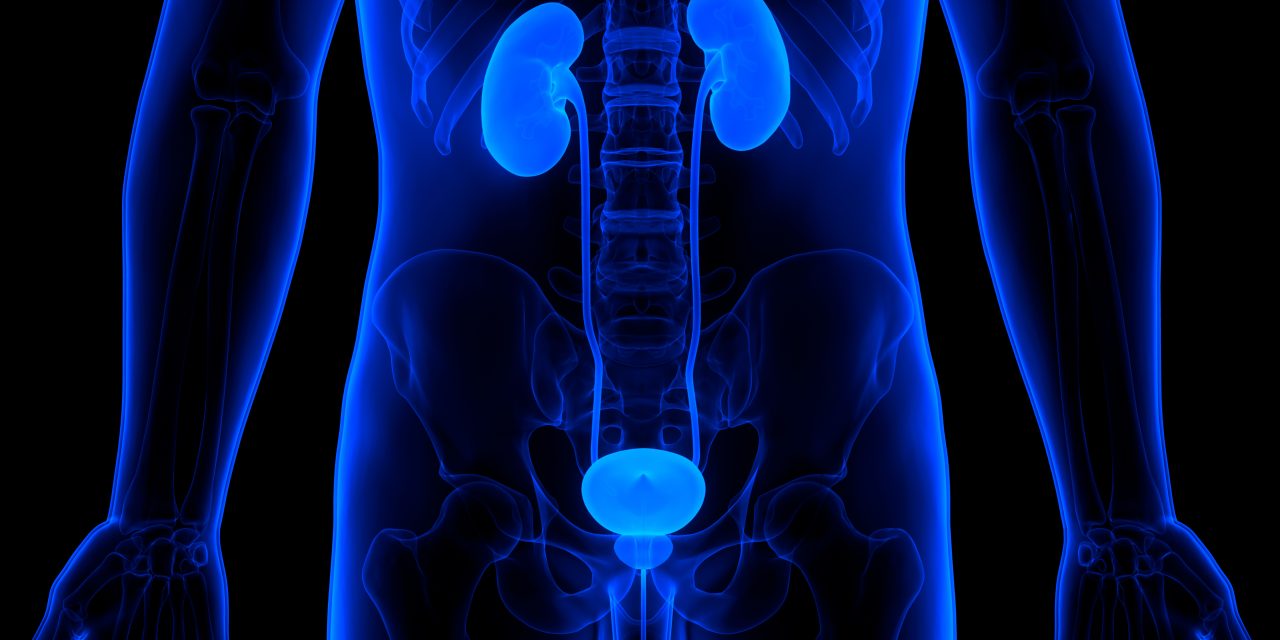This study states that We surveyed whether expanded BMI has an adverse consequence in kids going through robot helped laparoscopic pyeloplasty (RALP). Records of patients who went through RALP were reflectively inspected and isolated into sound weight, overweight, and fat associates dependent on age-changed BMI percentile, and careful and postsurgical results were assessed.
Of the 103 patients, there were 79 sound weight and 24 overweight, with 10 of the 24 considered corpulent (BMI <85th, ≥85th, and ≥95th percentile for age, separately). Accomplices were comparative in regard to age, sex, laterality and indications. Employable time (234 min, 241 min, p = 0.642; 254 min, p = 0.324), EBL (7.1 ml, 10.5 ml, p = 0.293; 6.8 ml, p = 0.906), length of stay (1.2d, 1.2d p = 0.545; 1.1d p = 0.550), and opiate organization (0.25 mg/kg, 0.25 mg/kg, p = 0.545; 0.13 mg/kg, p = 0.430) were comparative between sound weight, overweight, and fat accomplices, individually. Complexity rates were comparable as to minor and significant intricacies. There was no distinction in diminished hydronephrosis (92.2%, 89.6%, p = 0.440; 88.9%, p = 0.730). Four patients (3.4%) required a reoperative system (three sound weight, one overweight; p = NS). Notwithstanding the possible challenges with a medical procedure in overweight patients, our information demonstrate that robot-helped laparoscopic pyeloplasty can be proceeded as securely and adequately in overweight or large kids as in sound weight youngsters.
Reference link- https://www.sciencedirect.com/science/article/abs/pii/S1477513114001703


